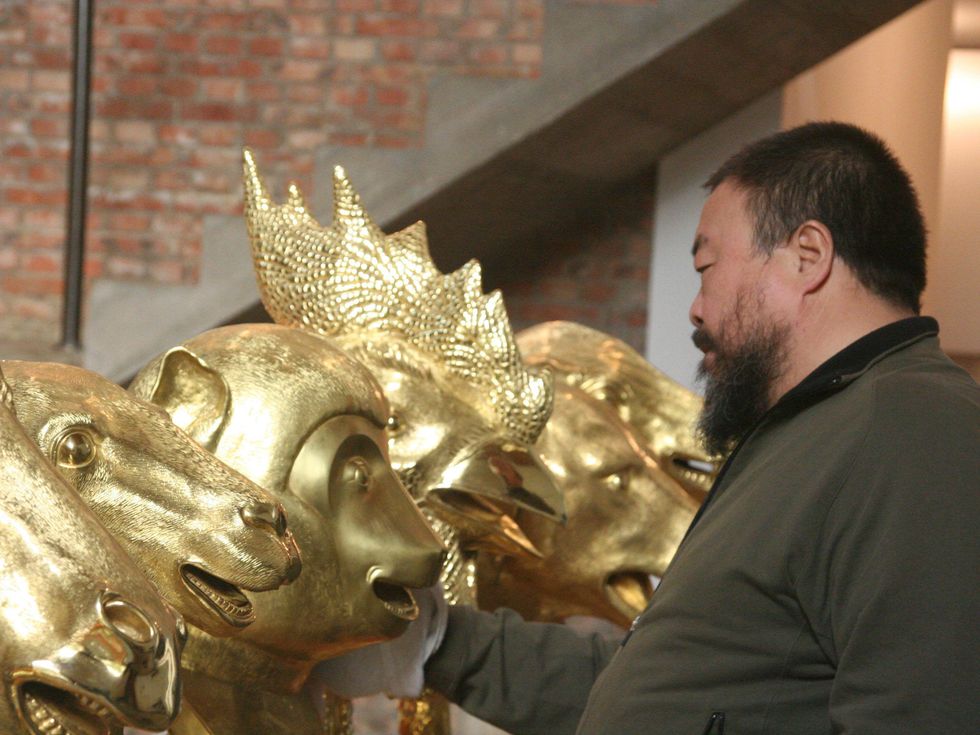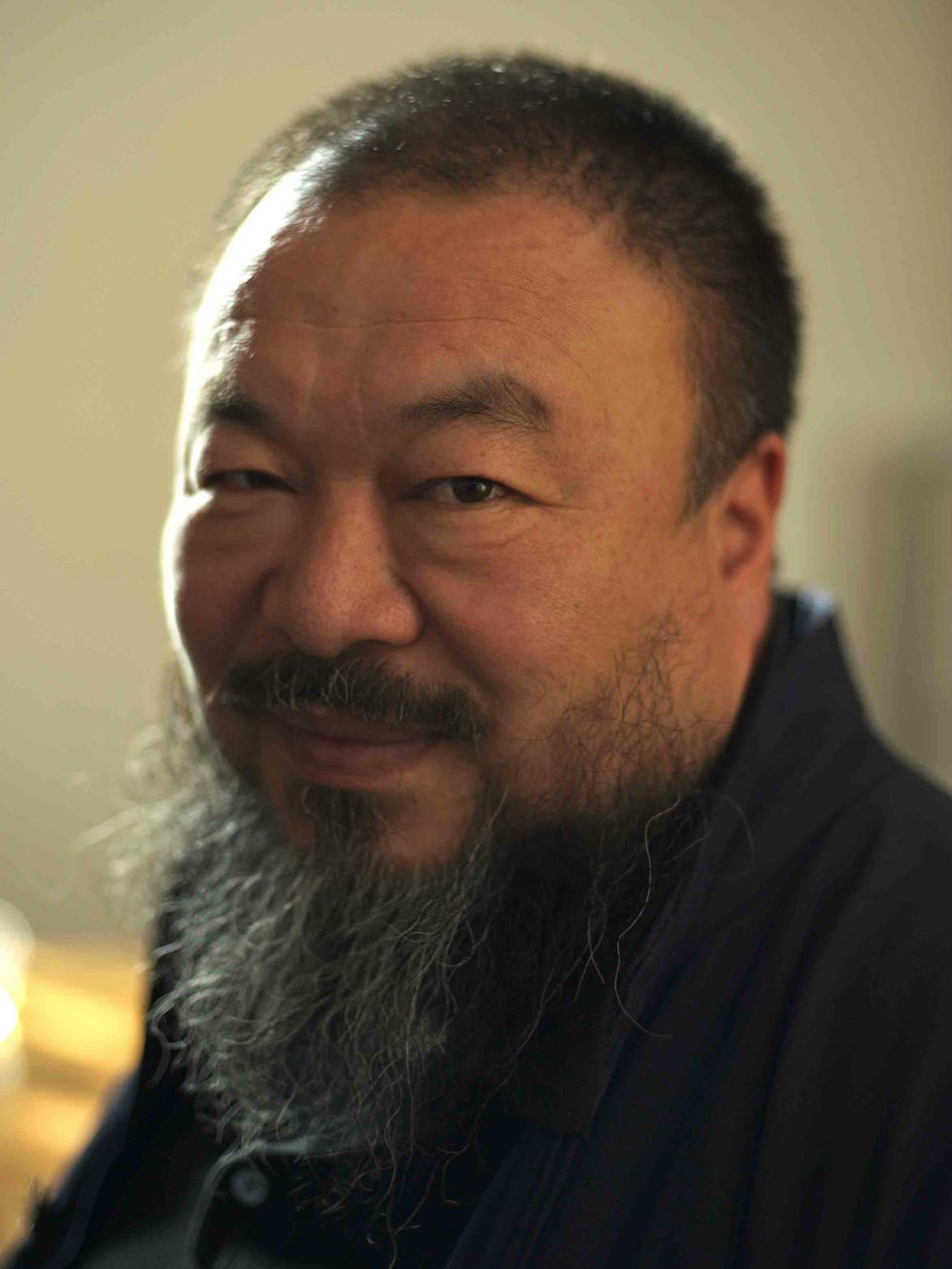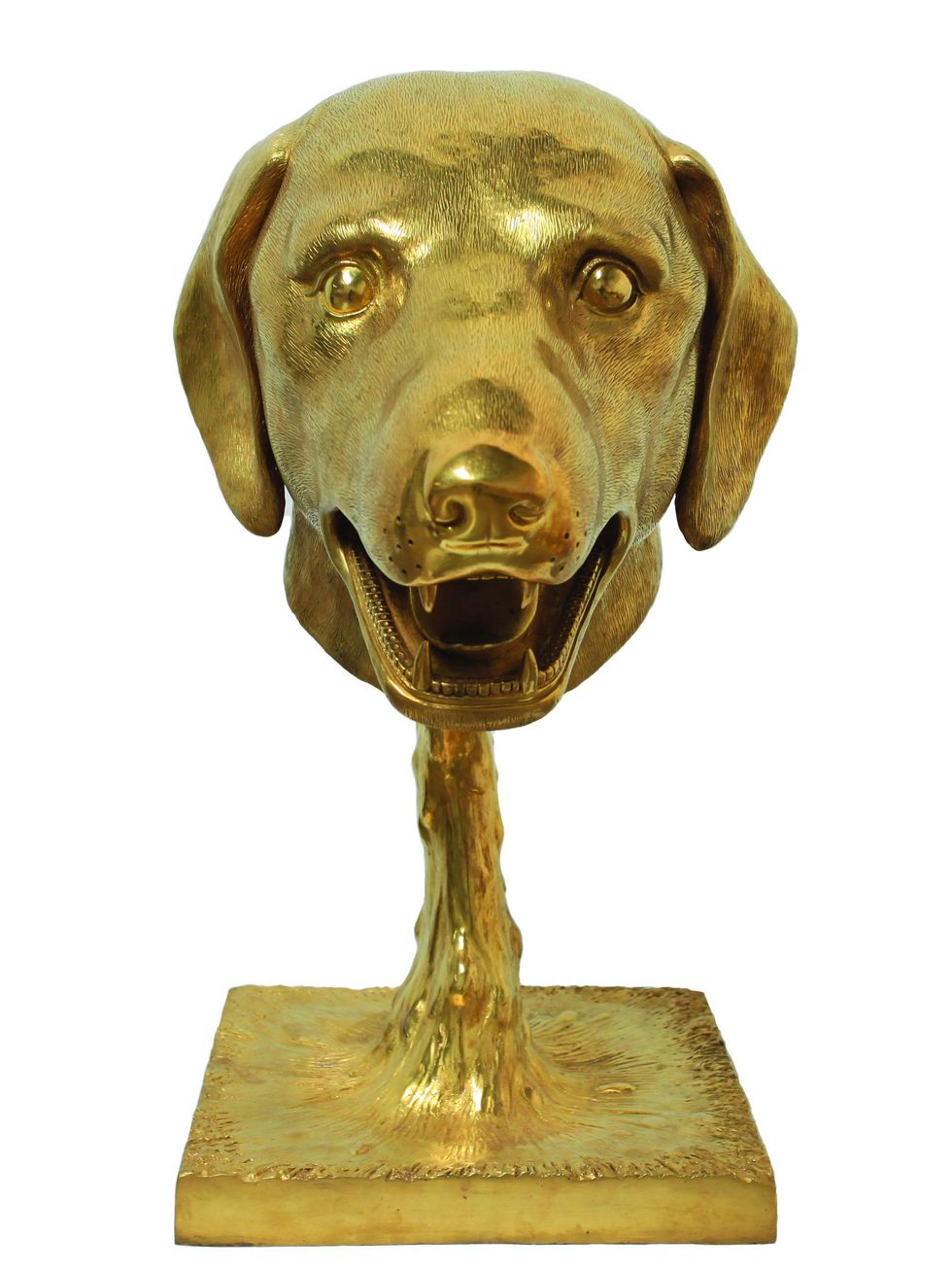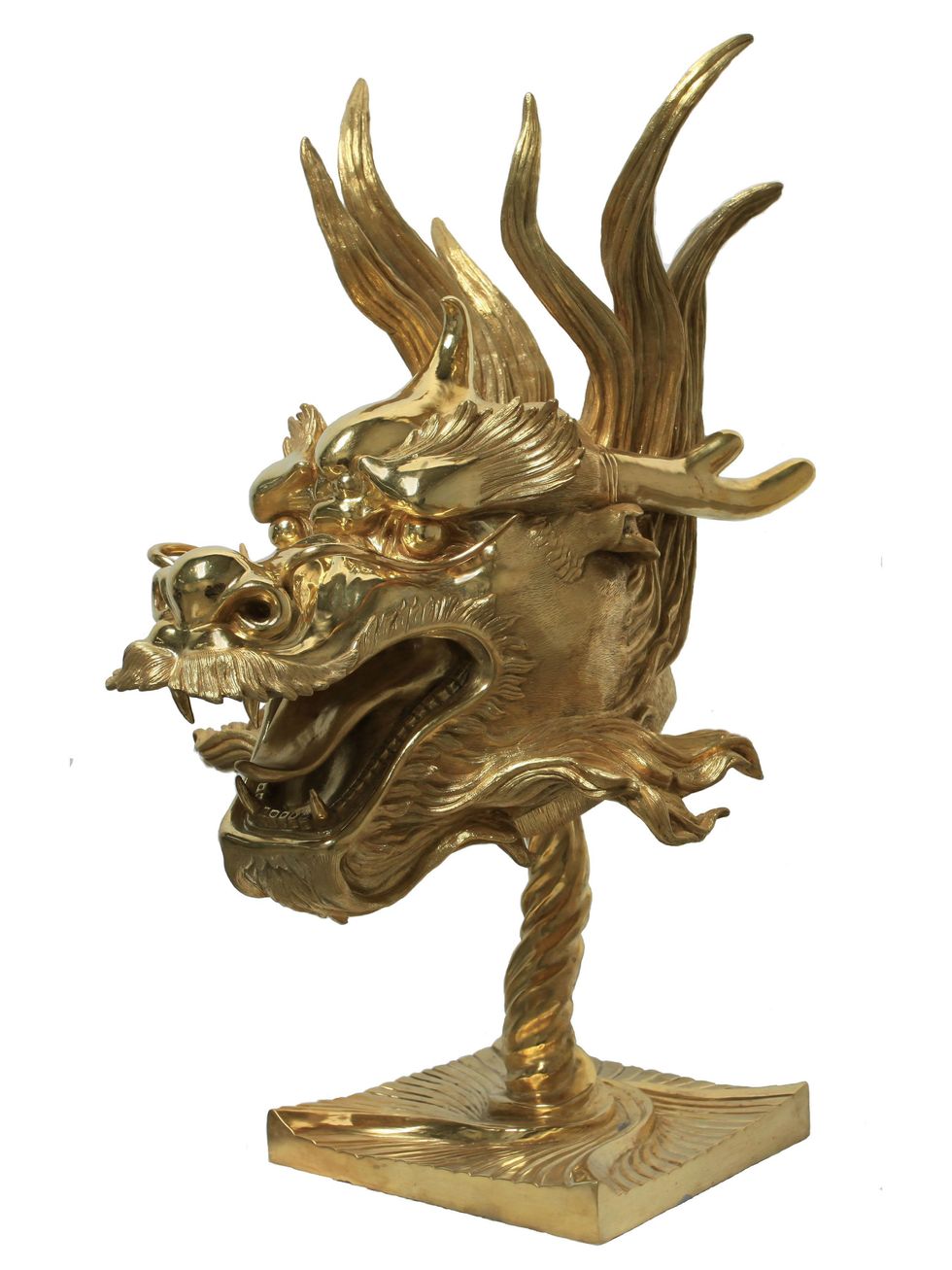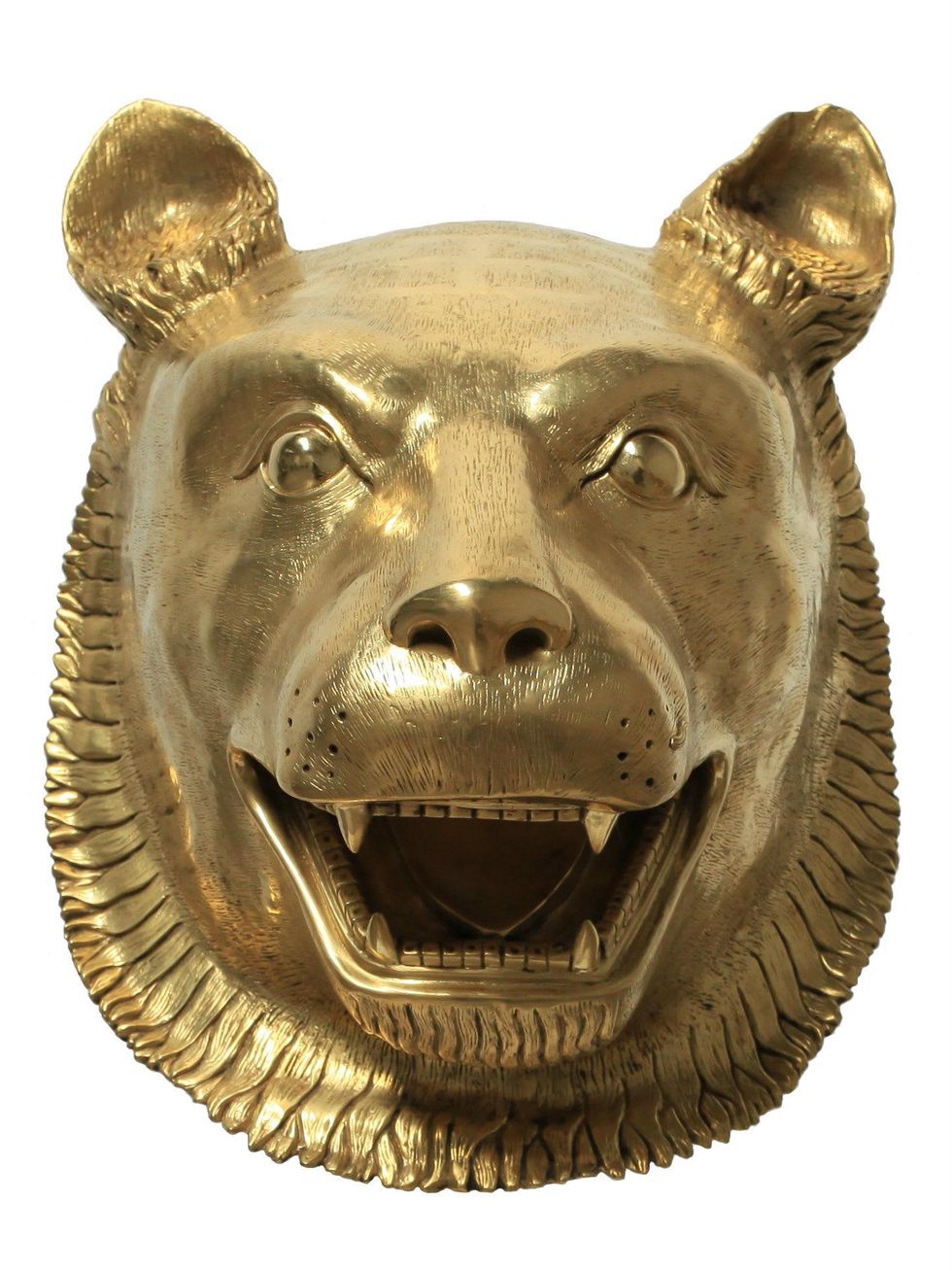China's Andy Warhol
Provocative Chinese artist Ai Weiwei strikes zodiac gold at new Crow Collection exhibit
A sculptor, architect, photographer, blogger, filmmaker, documentary subject and rock star — he recently released a heavy metal album — Ai Weiwei is China’s most famous living artist, one whose oeuvre has a special resonance for Western audiences.
Best known as a “dissident for the digital age,” Weiwei has never shied away from controversy — so much so, he was arrested and held by the Chinese government for 81 days for his role in uncovering corruption in Sichuan schools following the area’s 2008 earthquake.
“It’s not just that he is an important figure in the art world, but that he is an important figure of our time,” says the Crow’s curator, Dr. Karen Oen.
Saturday’s debut of “Circle of Animals/Zodiac Heads: Gold” at the Crow Collection of Asian Art, the series’ first exhibition in the Southern United States, is a rare opportunity for Dallasites to get up close and personal with the work of “China’s Andy Warhol.”
“It’s not just that he is an important figure in the art world, but that he is an important figure of our time,” says the Crow’s curator, Dr. Karen Oen. “It’s not just an issue of making specific issues in China come to light; he speaks much more broadly to artistic freedom and making conversations happen in a variety of settings.”
Although the 12 animals portrayed in “Circle of Animals/Zodiac Heads: Gold” are undeniably cute in all their anthropomorphic glory, there’s more going on than first meets the eye. Depicting segments of the ancient Chinese zodiac, the gilded bronze heads are based on a complex fountain-clock built for the Quianlong emperor by Italian artist Giuseppe Castiglione.
Looted in 1860 during the Second Opium War, only seven of the original heads survived. As these historical artifacts made their way through the auction houses of the west, some Chinese viewed their sale as a national humiliation.
Yet to the artist, the mere fact the original works were designed by Europeans negated their role as a cultural touchstone. Weiwei’s reinterpretation of the heads were created for viewers to define in their own way.
Explains Weiwei’s friend and collaborator Larry Warsh of AW Asia, “Much of Ai Weiwei’s work deals with the reinterpretation of the old into the new, the concept of the ‘real’ and the fake,’ and ways of uploading Chinese tradition to address China's contemporary issues. In this case, the ‘Circle of Animals/Zodiac Heads: Gold’ series reflects Ai's personal take on a historical story that is unique to China.”
“Weiwei is very interested in how these things become commodified and the way a concept and an object can become something new if you reinvigorate it,” says Oen. “He hasn’t tried to re-create the clock or the foundation, but he has these objects that speak to a lot of different layers. They relate to the concept of the Chinese zodiac, which people are familiar with from menus in Chinese restaurants. He has been quoted saying, ‘They’re just animals. Everyone likes animals.’”
Formerly exhibited in Montreal and San Diego, the golden heads — one of eight existing editions — may find a permanent home at the Crow, according to Warsh. In the meantime, viewers can enjoy them on multiple levels, with the added assistance of an auxiliary exhibition that documents the objects’ history and the artist’s process.
---
“Circle of Animals/Zodiac Heads: Gold” runs September 14-March 2, 2014, at the Crow Collection of Asian Art.
